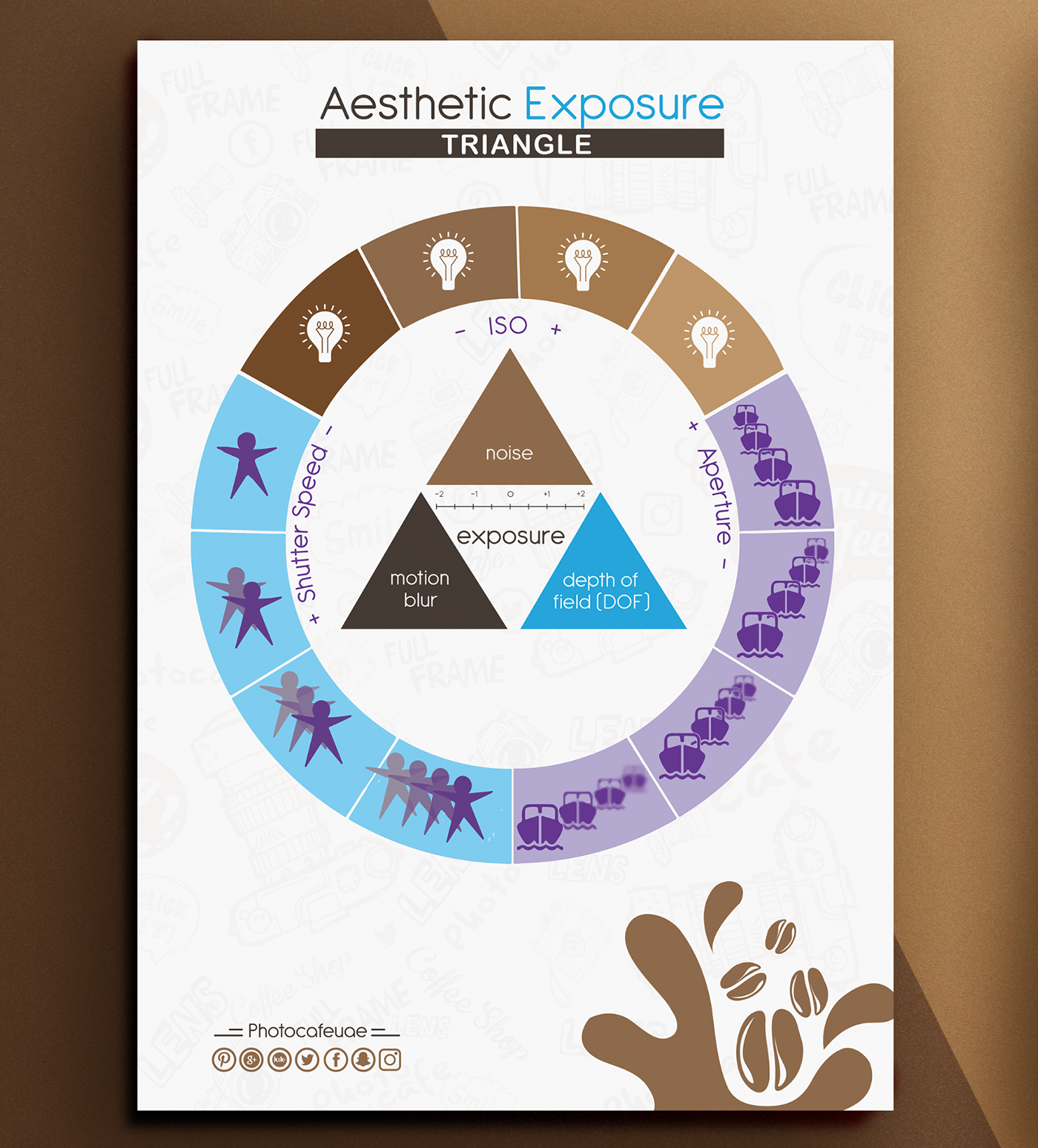Transform Your Photography By Understanding Illumination Strategies That Can Elevate Your Images-- Discover The Common Mistakes That Could Be Holding You Back
Transform Your Photography By Understanding Illumination Strategies That Can Elevate Your Images-- Discover The Common Mistakes That Could Be Holding You Back
Blog Article
Content Composed By-Futtrup Polat
As a photographer, you recognize that illumination can make or break your images. Understanding the subtleties of both natural and artificial light is important for capturing the state of mind and clarity you aim for in your job. Whether you're going after the best gold hour glow or tweak your fabricated configurations, mastering these components can elevate your photography dramatically. But there are common challenges that numerous neglect, and identifying them can change your method to every shoot. Let's discover what you could be missing out on and exactly how it can influence your outcomes.
Understanding All-natural Light
Recognizing natural light is important for any professional photographer seeking to improve their job. It's the structure of excellent photography, influencing mood, tone, and clearness. When you fire outdoors, pay attention to the time of day. The golden hour-- shortly after sunrise and before sundown-- provides soft, cozy light that can change average scenes into magnificent pictures.
Do not underestimate the power of cloudy days. Cloud cover diffuses sunshine, producing a soft, even light that's best for portraits and macro photography. You'll find shades appear this kind of illumination without rough darkness.
Positioning matters, as well. Constantly consider your subject's orientation to the light source. If just click the up coming internet site 's behind your topic, you might wind up with a shape, which can be dramatic yet mightn't be what you desire. Alternatively, straight sunlight can produce unflattering shadows.
Trying out angles; sometimes, changing your point of view can yield outstanding outcomes. Use natural reflectors, like water or sand, to bounce light onto your subject, adding measurement.
Mastering Artificial Light
Mastering synthetic light is essential for digital photographers that wish to take their abilities to the following degree. Whether you're making use of speedlights, studio strobes, or constant lights, recognizing how to control these resources can dramatically boost your images.
Beginning by familiarizing on your own with the essentials of light top quality, direction, and shade temperature level. Explore different modifiers like softboxes, umbrellas, or grids to manage the soft qualities or harshness of the light.
You'll discover that soft light typically creates complementary outcomes, while harsher light can add drama and depth. Do not avoid darkness; they can improve the three-dimensionality of your topics.
Pay close attention to the positioning of your lights. A light positioned as well close to your subject can create uncomplimentary outcomes, while as well far away can result in a lack of information. Use a light meter or your camera's histogram to guarantee you're exposing correctly.
Finally, bear in mind that man-made light can be mixed with ambient light for innovative results. Stabilizing these resources could take method, but once you understand it, your photography will genuinely beam.
Strategies for Various Scenarios
When you enter different capturing situations, adapting your lights methods is critical for catching the most effective images. For outdoor pictures, use the gold hour-- morning or late afternoon light-- to soften shadows and boost complexion.
If it's a severe lunchtime sunlight, consider utilizing a reflector to jump light back onto your topic or look for shaded areas for an extra even direct exposure.
In low-light circumstances, like interior occasions, enhance your ISO and use a vast aperture to let in more light. A tripod can assist remove cam shake, enabling longer direct exposures without obscuring.
If you're shooting at night, explore off-camera flash to produce vibrant lights and depth in your pictures.
For product photography, utilize diffused lights to prevent extreme reflections. Softboxes or light outdoors tents can help attain this result.
When photographing landscapes, consider the instructions of light and time of day, as it can considerably alter the state of mind of your shot.
Always prepare to change your setups and placing based upon the situation, as adaptability is key to grasping lighting in digital photography.
Verdict
In conclusion, grasping lights is crucial to elevating your photography skills. Embrace all-natural light's appeal throughout gold hour, and do not shy away from try out synthetic light techniques. By adapting your approach to various circumstances, you'll catch magnificent photos that resonate with feeling and clarity. https://www.digitalcameraworld.com/au/tutorials/10-low-light-portrait-tips-take-beautifully-neon-lit-photographs-at-night in mind, the ideal illumination can transform an average shot into something phenomenal, so maintain practicing and refining your understanding of both all-natural and man-made light. Pleased shooting!
